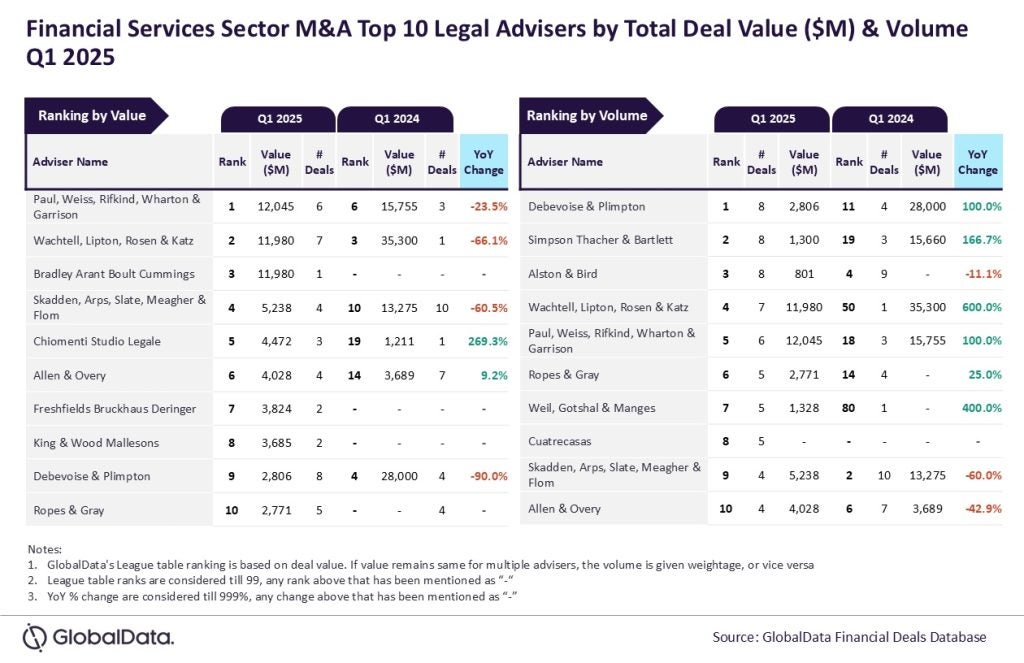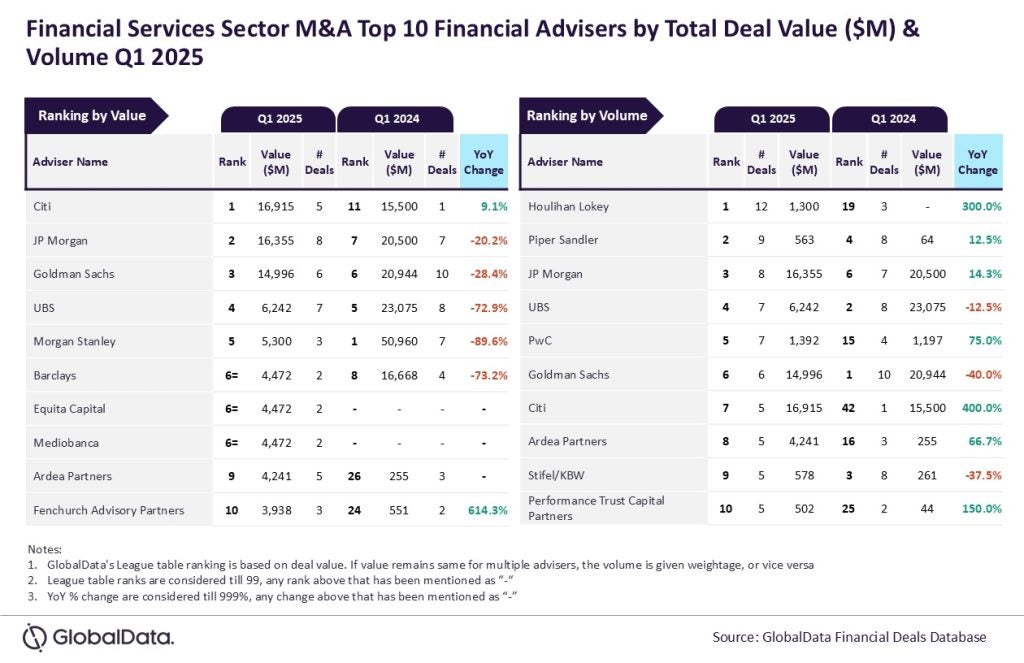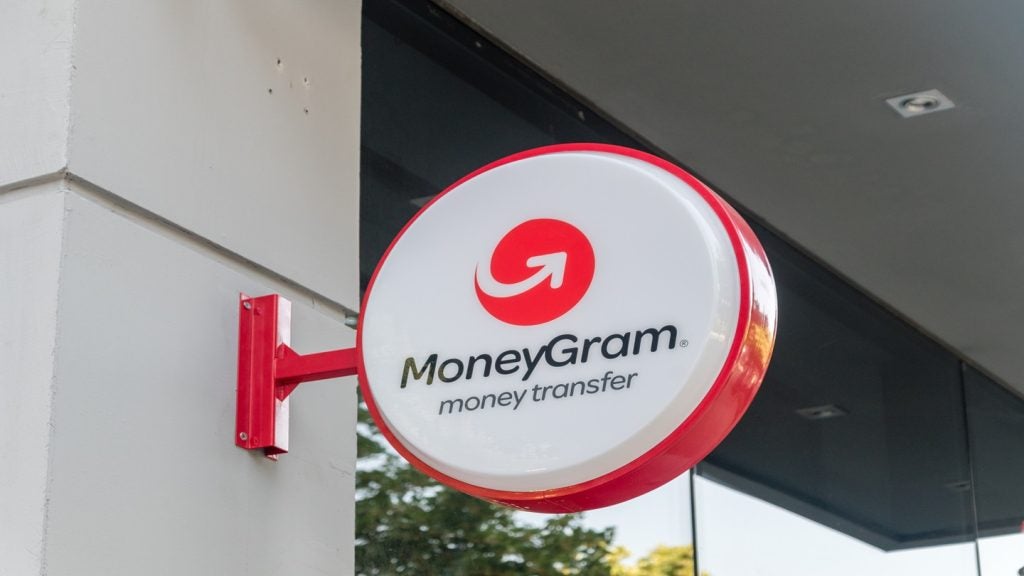Kenya’s M-Pesa person-to-person money
transfer service has expanded its distribution capabilities by
signing an ATM deal with Family Bank. With its long-delayed
UK-Kenya remittance now in place, M-Pesa appears set to achieve
more significant user and transaction growth in 2010. Stafford
Thomas reports.
 Despite criticism
Despite criticism
levelled at its non-bank business model (see RBI 617), Kenyan mobile phone-based
money transfer service M-Pesa continued to go from strength to
strength in 2009, ending the year with some 8 million users, or
about 21 percent of the country’s population.
A joint venture between UK mobile network
operator Vodafone and Kenyan operator Safaricom, M-Pesa appears set
to build on its success in 2010 thanks to a number of innovative
service enhancements.
The latest of these follows an agreement with
Kenya’s ATM and electronic point-of-sale (POS) network operator
Kenswitch to allow bank customers to send money to M-Pesa accounts
by means of an ATM transaction.
The extra functionality could embed M-Pesa
even further into Kenya’s mainstream retail banking and payments
markets.
Family Bank has become the first Kenyan bank
to announce its participation in the new service, Chapaa Chap Chap
(CCC), which comes at a KES0.50 ($0.01) fee over and above the
normal M-Pesa fee.
Kenswitch, which is owned by a consortium of
Kenyan banks, provides switching services for some 650 ATMs.
A significant enhancement brought about by the
CCC service will be consumer convenience. It eliminates the need
for bank customers to withdraw cash at an ATM and then seek an
M-Pesa agent to make a deposit into their M-Pesa account before
undertaking a transfer.
The CCC service also enables bank customers
who are not M-Pesa account holders to undertake transfers to M-Pesa
accounts.
This CCC service also overcomes one of the
problems faced by M-Pesa – cash float constraints experienced by
some of its 13,300 agents in Kenya, especially in rural areas where
consumers more frequently make cash withdrawals than cash
deposits.
According to Safaricom, M-Pesa’s monthly
person-to-person transactions volumes in September 2009 totalled
$302 million, up from $183 million in January 2009. By the end of
September 2009 transactions totalling $3.4 billion had been
processed since the service’s launch in 2007.
Safaricom, 40 percent owned by Vodafone, says
that sub-Saharan Africa remains “the fastest growing mobile market
in the world” with penetration in Kenya rising from below 5 percent
in 2002 to 47 percent in September 2009 (see bar chart above,
right).
Mirroring recent comments from the Reserve
Bank of India regarding the potential for m-commerce to overtake
online commerce in India (see RBI
624), Safaricom also says that internet penetration in
Kenya remains far lower than for mobile, with less than 10 percent
of the population using internet services.
Opening the remittance
door
 The CCC service follows another significant
The CCC service follows another significant
breakthrough made by M-Pesa in October 2009, when it launched a
mobile phone remittance service between the UK and Kenya.
First mooted in March 2008, the launch was
delayed by regulatory hurdles which were resolved following
negotiations – including those relating to foreign exchange issues
between the Bank of England and the Central Bank of Kenya.
The M-Pesa remittance service functions on the
same short message service (SMS) platform used domestically in
Kenya, providing an almost real-time service.
Recipients of a cash transfer receive an SMS
notifying them of the transaction details, including receipt
number, the amount in Kenyan shillings, the account balance, the
time the transfer was sent and the sender’s name and location. The
sender is also sent a confirmation SMS.
M-Pesa account holders can then withdraw the
cash at a M-Pesa agent or use it to make other payments.
For Safaricom and Vodafone, the UK-Kenya
remittance corridor represents a potentially significant market,
with the Central Bank of Kenya reporting remittances from abroad to
Kenya of $611 million in 2008, up from $573 million in 2007.
Inbound remittances in the first 10 months of
2009 totalled $505 million.
Safaricom and Vodafone have indicated that
once the UK-Kenya service has bedded down similar services are
likely to be launched from other countries, including neighbouring
countries in East Africa.
In a further sign of the rapid growth of the
M-Pesa service in Kenya itself, Safaricom says that the number of
agents on its distribution network grew from 4,230 in September
2008 to 13,326 agents in September 2009 – an increase of over 200
percent.







